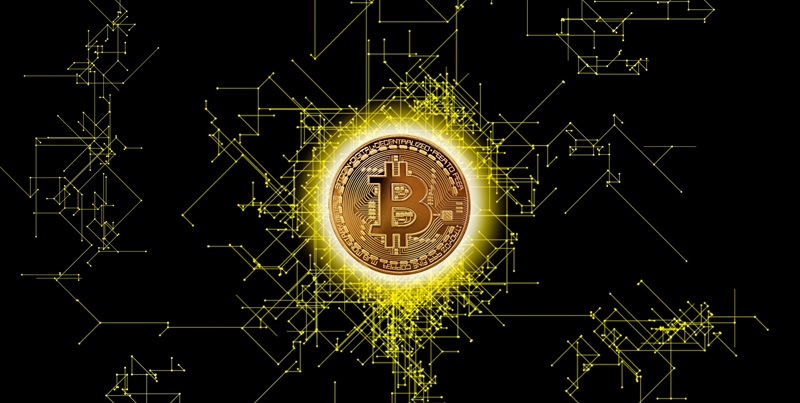The year 2023 witnessed a remarkable recovery in the cryptocurrency market, experiencing an astonishing 109% year-over-year surge. This resurgence was largely fueled by the introduction of the BRC-20 token standard, which opened the doors to new possibilities within the oldest blockchain protocol. In this article, we will explore the impact of BRC-20 tokens on the market, the rise of Bitcoin’s market dominance, and how the BRC-20 token standard redefines the crypto space.
Bitcoin’s Market Dominance Boost
The Binance Research team revealed that Bitcoin’s market dominance increased from 40.4% to 50.2%, and this surge can be attributed to the emergence of BRC-20-powered tokens and innovations. These tokens gained widespread recognition and adoption, causing a significant shift in the market landscape.
Introduction of the BRC-20 Token Standard
In March 2023, the highly anticipated BRC-20 token standard was introduced, ushering in new possibilities and realities within the Bitcoin blockchain protocol. This standard enabled developers to easily create and deploy tokens on the Bitcoin network. It represented a monumental leap forward in the evolution of the blockchain, further expanding its capabilities.
Rise of ERC-20 Tokens
ERC-20 tokens quickly gained traction in the crypto space, with a particular mention of digital meme coins like Pepe. These tokens, built on the ERC-20 standard, showcased their potential to revolutionize the market while also making a mark in a short amount of time. Their popularity and impact contributed to the overall growth of the cryptocurrency market.
Valuation of the BRC-20 Token Ecosystem
The explosive growth of the BRC-20 token ecosystem has resulted in an impressive market valuation of $1.3 billion, demonstrating the significant investment and interest in this emerging space. This valuation further solidifies the position of BRC-20 tokens as influential players within the crypto market.
Contrasting Views: ERC-20 Token Standard and Bitcoin Ideology
The introduction of the ERC-20 token standard attracted mixed opinions, particularly from Bitcoin maximalists. Some argued that this addition was in opposition to the underlying principles of the Bitcoin network. However, proponents of the ERC-20 token standard viewed it as a necessary evolution to ensure the relevance of the older blockchain protocol in the face of newer solutions entering the market.
Ensuring Relevance of the Bitcoin Network
The BRC-20 token standard can serve as a springboard for the Bitcoin network to maintain its relevance amidst the emergence of newer blockchain solutions. By adopting and embracing the BRC-20 standard, Bitcoin can leverage the capabilities it offers, addressing scalability and innovation challenges.
Competitive Nature of the Bitcoin Network
The Bitcoin network operates on a competitive model, in which miners compete to validate transactions. With the next Bitcoin halving event scheduled for April 2024, miners are set to experience a reduction in block rewards from 6.25 BTC to 3.125 BTC. This reduction in rewards highlights the need for alternative revenue streams for miners.
Role of BRC-20 Transactions for Miners
The Binance Research team believes that BRC-20 transactions can serve as a necessary opportunity for miners to earn more transaction fees, beyond solely relying on validating Bitcoin transactions. By expanding their involvement in the BRC-20 token ecosystem, miners can tap into additional revenue streams and secure their positions in the evolving crypto market.
The introduction of the BRC-20 token standard has undoubtedly had a profound impact on the cryptocurrency market. It has propelled Bitcoin’s market dominance, revolutionized the blockchain protocol, and opened up new avenues for miners to navigate the evolving landscape. As we move forward, the adoption and utilization of BRC-20 tokens will continue to shape the crypto space, ensuring the relevance and longevity of Bitcoin amidst technological advancements and growing competition.

